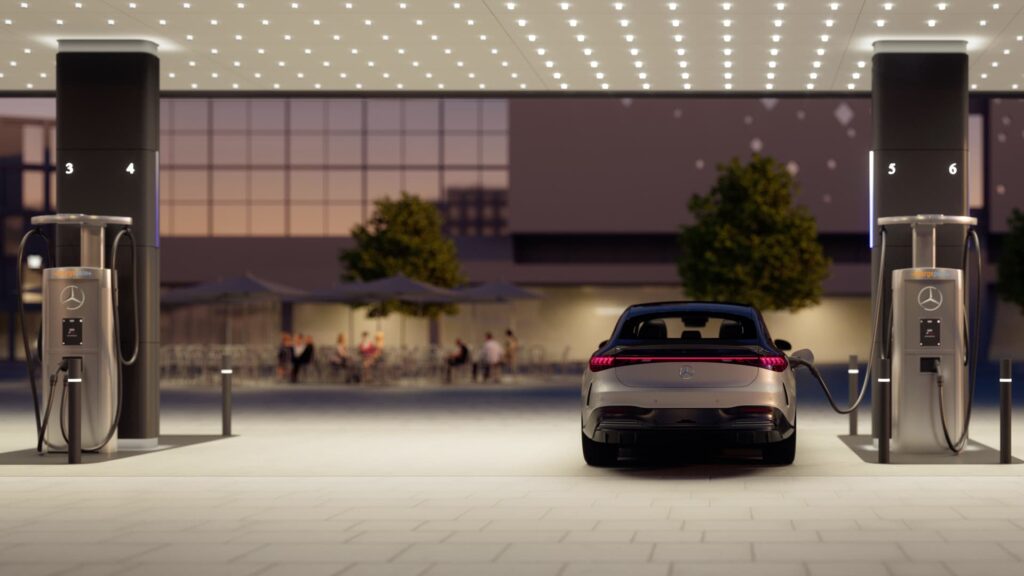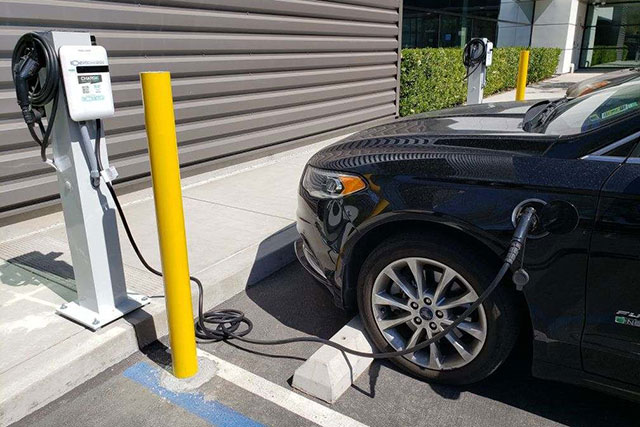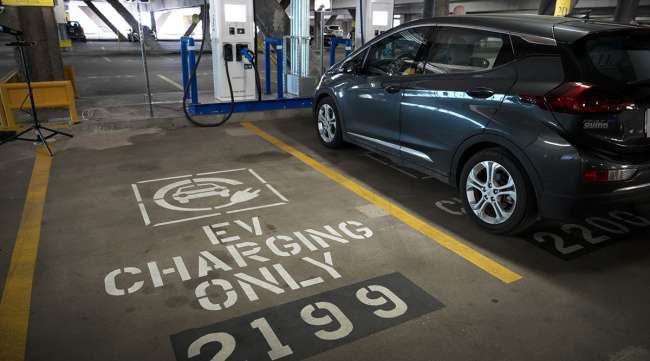What’s Driving the Growth of EV Infrastructure? Buy EV Charging news for Key Updates
What’s Driving the Growth of EV Infrastructure? Buy EV Charging news for Key Updates
Blog Article
Top EV Charging Information: Trick Updates on Infrastructure and Development

Current Innovations in Fast-Charging Technology

In addition, advancements in battery innovation, consisting of improved thermal administration systems and greater power density batteries, complement fast-charging abilities. These growths mitigate the danger of battery destruction throughout rapid charging, making sure long life and efficiency for EV owners.
Additionally, the combination of wise billing remedies is enhancing individual experience, allowing real-time tracking and vibrant rates models. EV Charging news. This flexibility allows motorists to enhance billing times and prices based upon grid need
As car manufacturers remain to purchase fast-charging networks, the collaboration between industry stakeholders is essential. Collaborations between charging station companies and automotive manufacturers are paving the way for substantial insurance coverage, inevitably cultivating an extra durable EV environment. These improvements are essential in sustaining the shift to sustainable transportation.
Government Campaigns for Billing Development
Federal government efforts play a vital role in the expansion of electrical lorry (EV) billing facilities, helping with the transition to lasting transport. Different federal and state programs are being applied to boost charging ease of access, reduce the economic problem on consumers, and promote the fostering of electric vehicles.
Especially, the U.S. government has actually assigned significant financing through the Framework Financial Investment and Jobs Act, which earmarks $7.5 billion for EV billing network advancement throughout the country. This funding is intended at deploying hundreds of new billing stations, specifically in underserved areas, thereby attending to range anxiousness among possible EV buyers.
In addition, various states are establishing regulations to simplify the permitting procedure for charging terminal installations, which is vital for accelerating implementation. Incentives such as tax credit scores and discounts for both consumers and services are additionally being presented to motivate the installment of charging facilities.
In addition, public-private partnerships are progressively coming to be a focus, leveraging personal financial investment to enhance government funding. These campaigns underscore a collaborative technique essential for building a efficient and extensive EV billing network, inevitably adding to a greener and more sustainable future.
Ingenious Battery Solutions Enhancing Effectiveness
Revolutionizing the landscape of electrical lorry (EV) modern technology, innovative battery services are significantly boosting performance and performance. Advancements in battery chemistry, especially with lithium-sulfur and solid-state batteries, are causing raised power thickness, which allows for longer ranges and faster charging times. These new battery types have the potential to surpass conventional lithium-ion batteries by using greater capabilities while minimizing weight, consequently enhancing general automobile effectiveness.
Furthermore, advancements in battery administration systems (BMS) are optimizing energy use and expanding battery life-span. Smart algorithms keep track of battery health and performance, making it possible for real-time changes to billing and discharging processes. This not just improves the effectiveness of the battery however also ensures an extra sustainable and dependable power resource for EVs.
Additionally, the integration of reusing innovations is dealing with the ecological effect of battery production and disposal. Innovations in second-life applications for EV batteries are promoting their use in power storage systems, adding to a round economy.
As these cutting-edge battery options continue to advance, they guarantee to change the EV market, review making electrical vehicles extra available and appealing to a more comprehensive audience while sustaining global sustainability objectives.

Cooperation In Between Automakers and Billing Networks
Identifying the critical need for a robust billing framework, car manufacturers are significantly teaming up with billing network suppliers to boost the EV possession experience (EV Charging news). These partnerships aim to create a smooth billing environment that benefits consumers and sustains the change to electrical automobiles
Major automotive brand names are signing up with forces with recognized charging networks to increase their billing station coverage, making certain motorists have accessibility to practical and reputable billing alternatives. Collaborations with networks like ChargePoint and Electrify America enable automakers to incorporate charging remedies directly right into their cars' navigating systems, directing customers to the nearby terminals and supplying real-time availability updates.
Moreover, these collaborations usually lead to the growth of fast-charging innovations that dramatically decrease the moment needed to charge an EV. By merging check my reference resources and experience, automakers and billing networks can introduce quicker, developing solutions that satisfy the expanding demand for electric wheelchair.
In addition, joint efforts might additionally result in even more standard charging protocols, which can ease consumer confusion and promote more comprehensive EV fostering. Overall, these calculated partnerships are pivotal in building a effective and straightforward billing framework that fulfills the needs of an expanding electric automobile market.
Obstacles Encountering EV Billing Infrastructure
As the electric car market remains to expand, numerous challenges are surfacing that hinder the development of an extensive charging facilities. One of the main challenges is the inadequate number of charging stations, particularly in underserved and rural urban areas. This gap creates array anxiousness amongst possible EV customers, hindering them from making the button.
Furthermore, the absence of standardization in charging modern technology makes complex the facilities landscape. Variants in plug kinds and charging rates can create complication for individuals and increase functional complexities for billing network operators.
Another pushing issue is the high price related to the installment and maintenance of billing stations, which can be an obstacle for both public entities and personal businesses. Ultimately, regulatory difficulties and zoning restrictions can postpone the deployment of charging framework, hampering progression in broadening explanation essential services. Attending to these obstacles will be important for cultivating a robust EV community that sustains the change to sustainable transportation.
Verdict
In conclusion, the ongoing developments in EV charging innovation, sustained by considerable federal government campaigns and cutting-edge battery remedies, are crucial for the expansion and efficiency of electric vehicle infrastructure. Collaborations in between car manufacturers and billing service providers even more enhance station coverage, addressing the expanding need for easily accessible billing choices. Despite challenges that persist within the EV billing landscape, these growths symbolize a positive trajectory towards an extra effective and sustainable electrical automobile environment.
Developments in charging framework have actually led to the advancement of ultra-fast battery chargers capable of delivering up to 350 kW of power, dramatically minimizing charging times. Variations in plug kinds and charging rates can produce confusion for customers and boost operational intricacies for billing network drivers.In final thought, the continuous advancements in EV billing innovation, supported by substantial government campaigns and ingenious battery solutions, are critical for the growth and efficiency of electrical vehicle framework. Collaborations in between automakers and billing companies further improve terminal protection, resolving the growing need for accessible billing options. In spite of obstacles that persist within the EV billing landscape, these developments symbolize a favorable trajectory towards a much more effective and lasting electric car ecological community.
Report this page